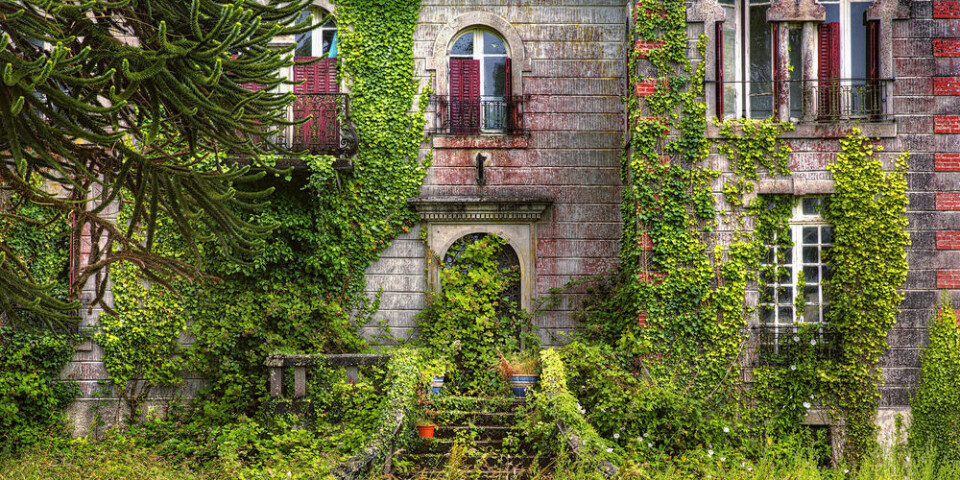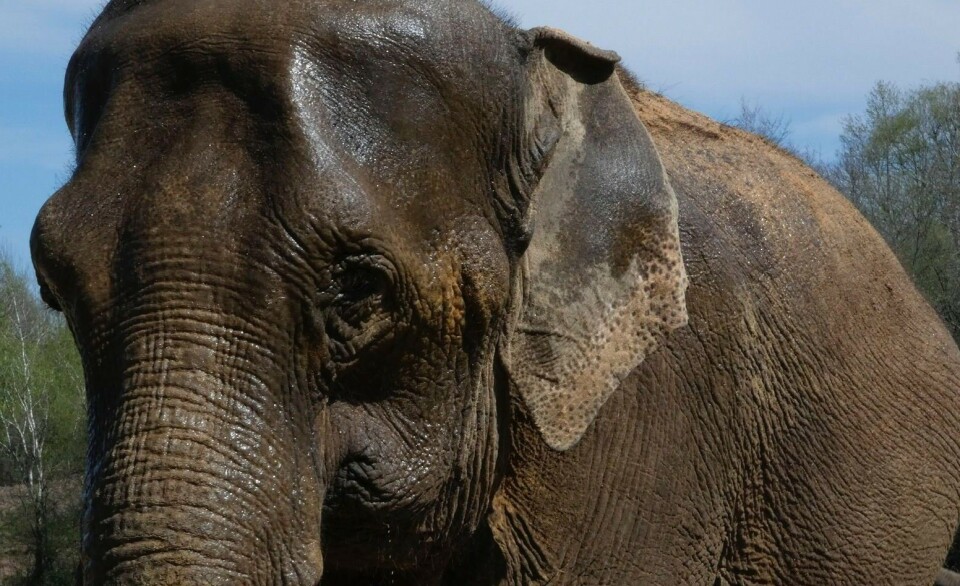-
Road accident hotspot in Normandy prompts calls for speed camera action
Local authorities want speed camera installed ‘without consultation’ to be placed in better location
-
Two die as storm Amy hits north of France
Violent winds also cause widespread travel disruption and power cuts
-
Attention au chien! New map helps walkers avoid guard dogs
Discover how MapPatou helps hikers and joggers in France avoid potentially dangerous guard dogs
Protection needed for old yew tree
Villagers in Normandy set out to discover what had poisoned one of their oldest trees, only to find that, despite their age and importance, yew trees have no special protection in France. Samantha David explains

A couple in Normandy are considering getting married inside the trunk of a yew tree in the Normandy village of La Haye-de-Routot in the Eure. The tree is one of a pair in the village which are reputed to be over 1,500 years old and the hollow trunk is large enough to contain a chapel. The other contains an altar.
“These trees are the oldest living thing you will ever see and touch in your entire life,” says Janice Gregory, who lives in the village.
“They are our living heritage. In numerous cultures and religions, since the depths of time, yew trees have been considered sacred,” she said.
But in 2009, parts of the trees began to die off and the mairie paid for analysis to determine the cause. To the surprise of villagers, the results showed that the trees had been sprayed with Roundup or another chemical containing glypsophate.
People in the village were so concerned that they formed an association Les Amis des Ifs (Friends of Yew Trees) to protect them.
The first task was to save the trees but when they consulted experts they were told nothing could be done. The trees had not suffered terminal damage and would probably recover on their own, which in due course they have done.
“Amazingly we discovered that there are no robust laws to protect these trees, which are estimated to be around 1,500 years old. So we decided that the best way to protect them and ensure their well-being was to increase public interest in them,” said Janice.
The trees are only loosely protected by a national 1989 decree which lists them, among others, as being a species which can be given permanent or temporary protection by a prefecture.
To bring focus on the trees, the association established various annual events and raised funds by selling t-shirts and subscriptions. On December 6 last year people were invited to write their seasonal wishes and use ribbons to tie them to the trees, which was surrounded by candles for the occasion.
At Easter, the trees were part of an egg hunt and the association gave a talk explaining the significance of yew trees in traditional legends.
The association also organises visits from local schools, and the children have nicknamed the trees Asterix and Obelix because they are so old they nearly date back to the time of the Gauls.
Earlier this year local schoolchildren created a fresco depicting all the historical events these trees have lived through. “Even the Nazis who occupied our village during the war and who literally exploded big trees to allow free passage of their tanks, never touched the village’s sacred yew trees,” said Janice.
On July 16 the village held its traditional bonfire in honour of St Clair, an English noble said to have come to the area in the 9th century fleeing an unwanted arranged marriage because he wanted to be a monk – only to be decapitated years later by men sent by the woman he spurned.
Legend has it he picked up his head and washed it in a spring before lying down with it in the chapel nearby. The bonfire involves a 15m pyramid of wood topped with a cross and is thought to date back at least at least 500 years.
The tree that came back to life
THE website ancient-yew.org (in English) aims to visit, classify, photograph and monitor all the ancient yews in France as well as elsewhere in Europe.
The website claims there are 76 yew trees in France which are more than 300 years old, and many of them are close to La Haye-de-Routot, making it something of an epicentre of French yews.
Yews have been reputed to come back to life after remaining dormant for up to a century, which is why they are often used to represent the resurrection and eternal life.
It is thought that Celtic monks set out from Wales 1,500 years ago to spread Christianity across Brittany and planted yew trees as they travelled as symbols of the resurrection.
Most parts of the yew are poisonous and the foliage is even more poisonous when dried. Horses should, therefore, not be allowed to graze near them. It is thought that this might be the reason so many yews are planted in graveyards: to prevent animals grazing there.
Yew wood is classed as a softwood, like pine, however it is one of the hardest softwoods. It is remarkably springy, making it ideal for bows. The National Museum of Scotland contains a yew-wood bow said to date from 4040BC.
Yew trees are either male or female and rely on birds for fertilisation.
Yew tree wood is orangey-red, much darker towards the centre than the edge making it prized by instrument-makers.
In the UK, yew wood was in such short supply in 1350 that Henry IV authorised bow-makers to cut yew from private land.
If you would like to plant a yew tree in your garden, try looking for taxus baccata on the French website truffaut.com, which has a wide variety of yew trees for sale.
























